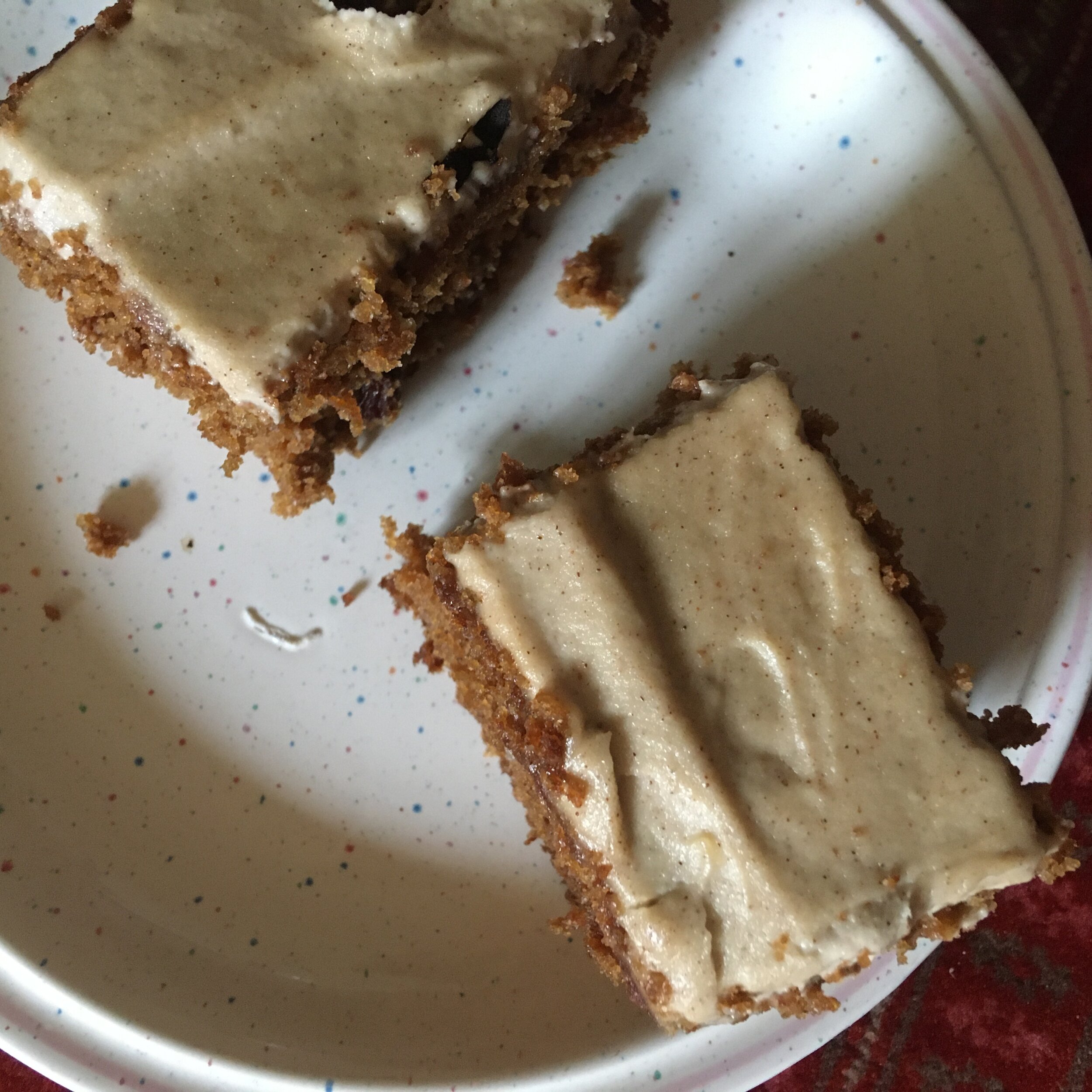Mince Pies
/Making your own mincemeat and mince pies is surprisingly easy and a great way to avoid plastic wrapped shop bought versions. For us making mince pies definitely marks the start of the Christmas season, Gemma will usually bake them December 1st! The pastry recipe comes from Paul Hollywood and we can’t remember where the mincemeat recipe came from!
You’ll need a saucepan, mixing bowl, rolling pin, muffin/cupcake trays.
Serves 16+ (depending on how big/small you like your mince pies!)
Ingredients (when in italics available from the van)
For mincemeat
300g mixed dried fruit (approx £1.50-2 depending on fruit)
50g mixed peel (25p)
50g demerara sugar (15p)
1 teaspoon Cinnamon (approx 25p)
½ teaspoon Nutmeg (approx 13p)
1 bramley apple (or 40g apple rings 48p)
50ml alcohol (e.g brandy, port)
Juice of 1 orange
75g fat of choice (e.g butter, suet, coconut oil)
For pastry
375g plain flour
260g unsalted butter, softened
125g demerara sugar, plus extra for sprinkling (38p)
1 large egg, plus 1 beaten egg for glazing
Total cost from Incredible Bulk approx £3.64
Method:
Make mincemeat first, this can be made ahead of time and stored in glass jars.
Add all mincemeat ingredients apart from alcohol to saucepan and heat slowly bringing to warm temp and stir for 10mins and then let cool. Add alcohol and mix in well. Store in sterilised jar or place to one side to use later.
To make pastry place the plain flour and softened unsalted butter in a bowl and rub together to a crumb consistency. Add sugar and beaten egg and mix together. Tip out onto a lightly floured surface and fold until the pastry comes together, be careful not to over mix. Wrap the pastry in food wax wrap and chill for 10 mins.
To make the mince pies preheat oven to 220C/200C fan.
Roll out the pastry to 3mm thick and use a round cutter to cut out bases and place them into muffin trays. Put around 1½ tablespoon mincemeat mixture into each. Brush the edge of each pie with a little beaten egg. Re-roll out the pastry to cut lids and press them on top to seal. Glaze with the beaten egg, sprinkle with the extra sugar, then make a small cut in the tops.
Bake the mince pies for 15-20 mins until golden brown. Leave to cool before releasing them from the muffin trays and dusting with a little more icing sugar before serving.
Zero Waste Tips
Find butter wrapped in paper or make your own.
Any leftover mincemeat can be stored for later recipes.
Avoid clingfilm for wrapping the pastry as usually instructed and use a food wax wrap instead.



















